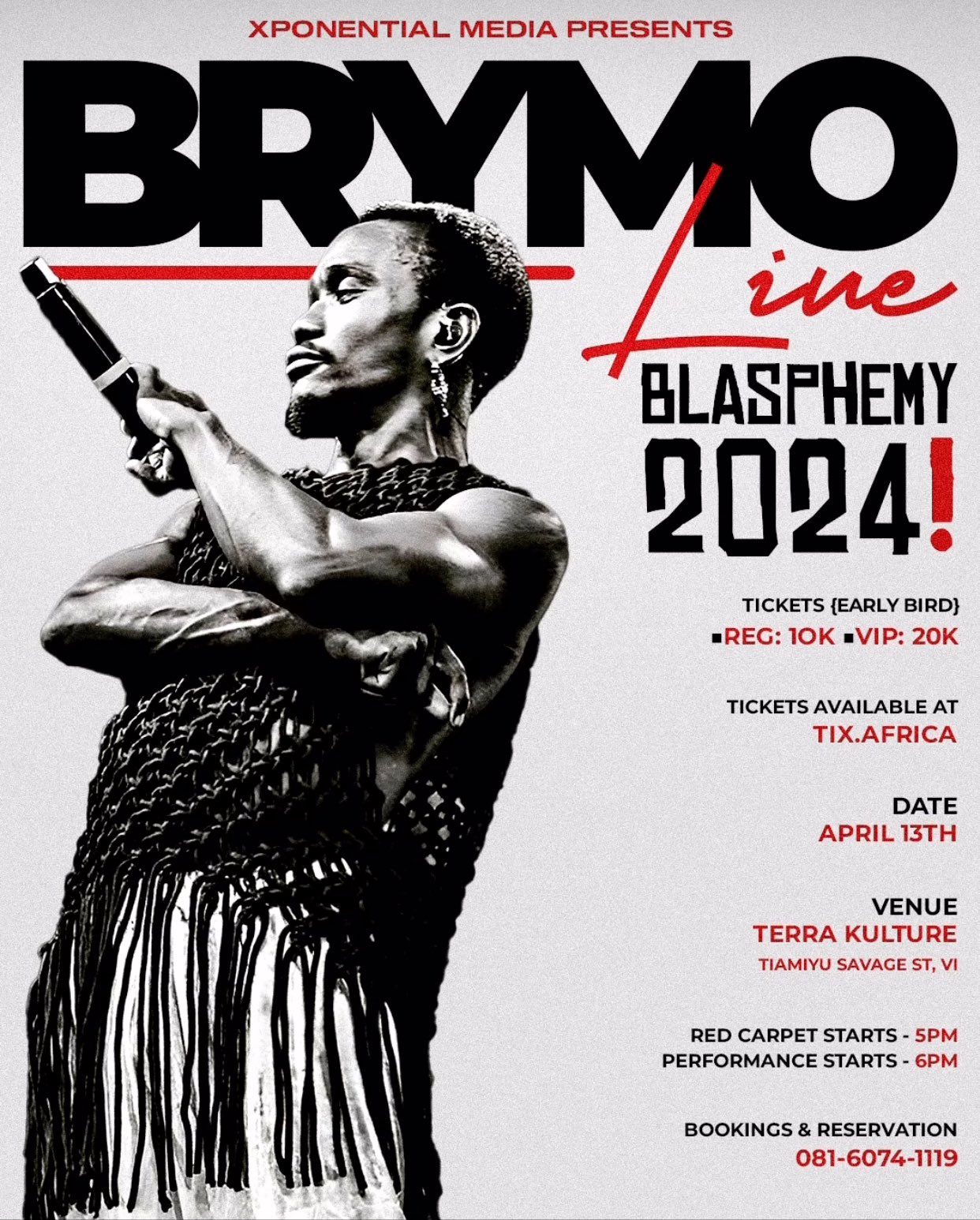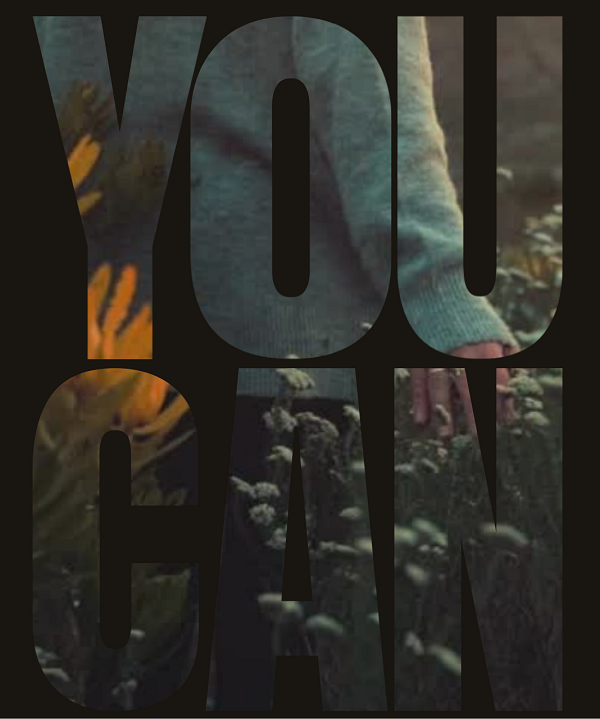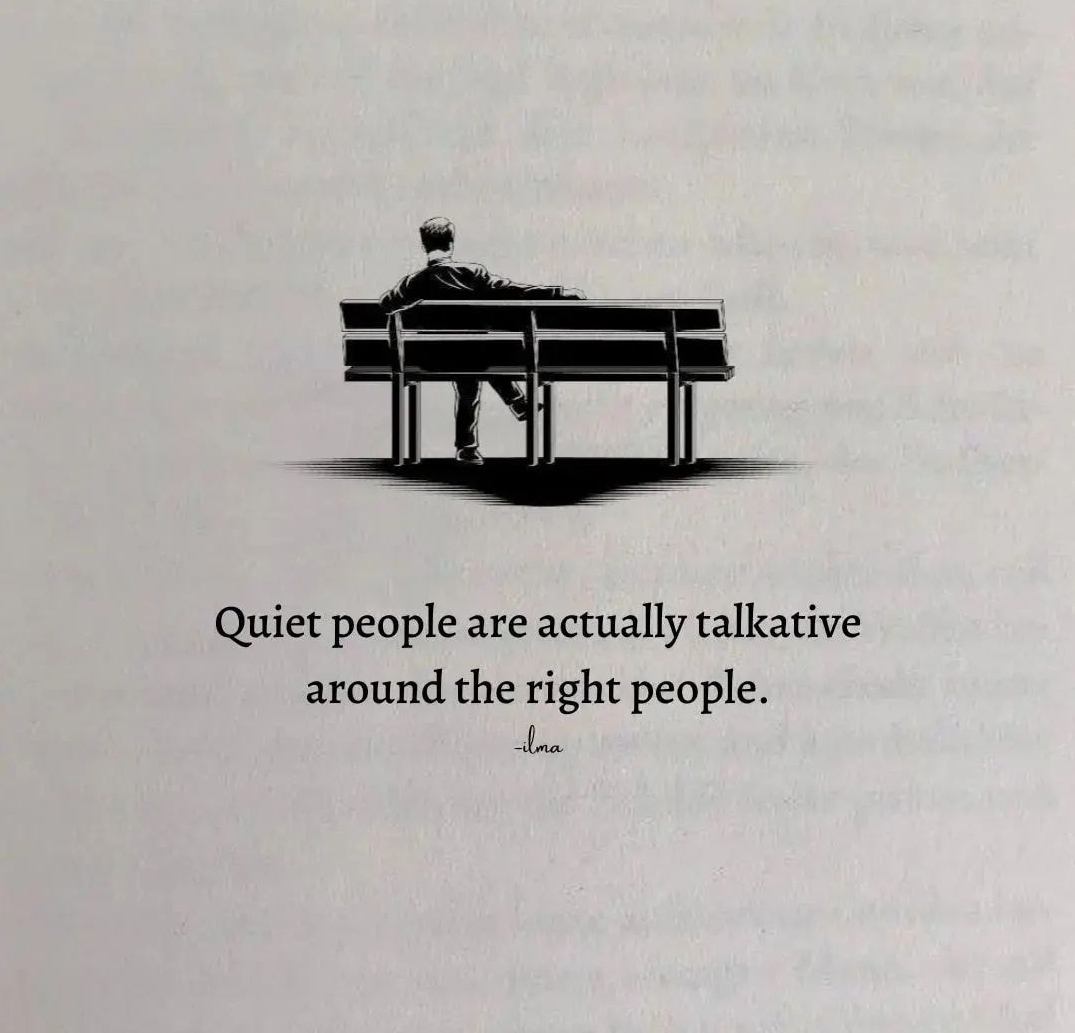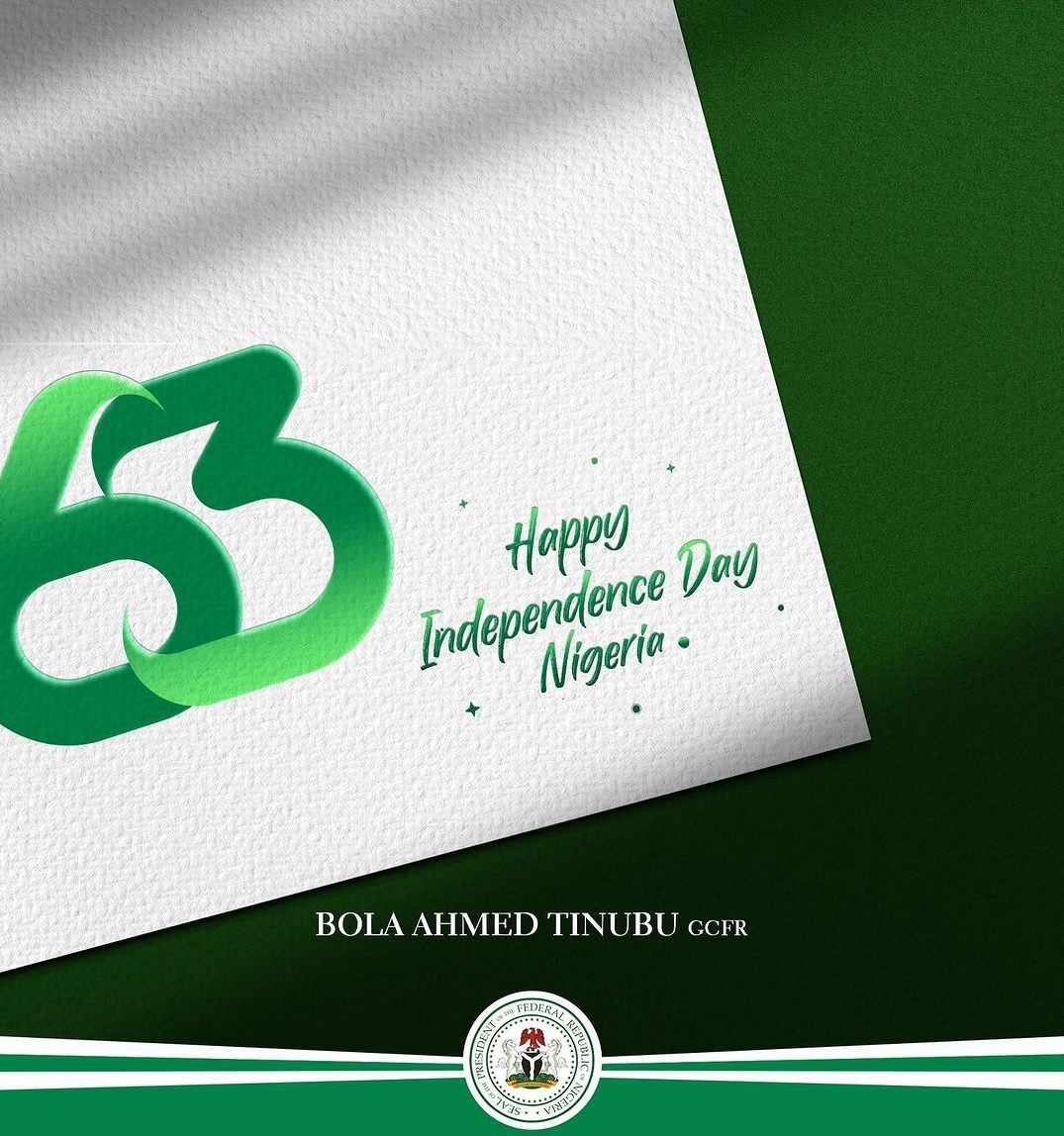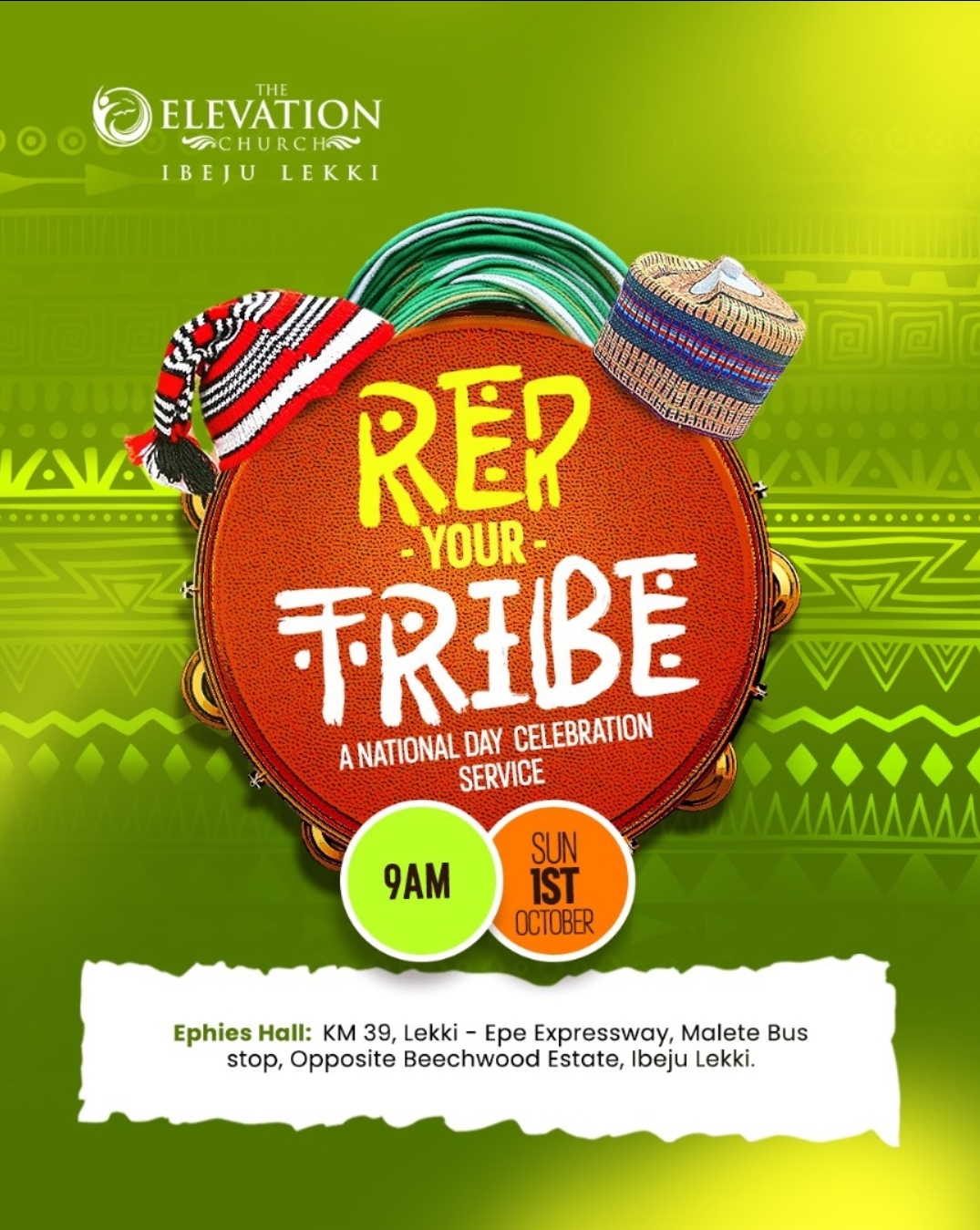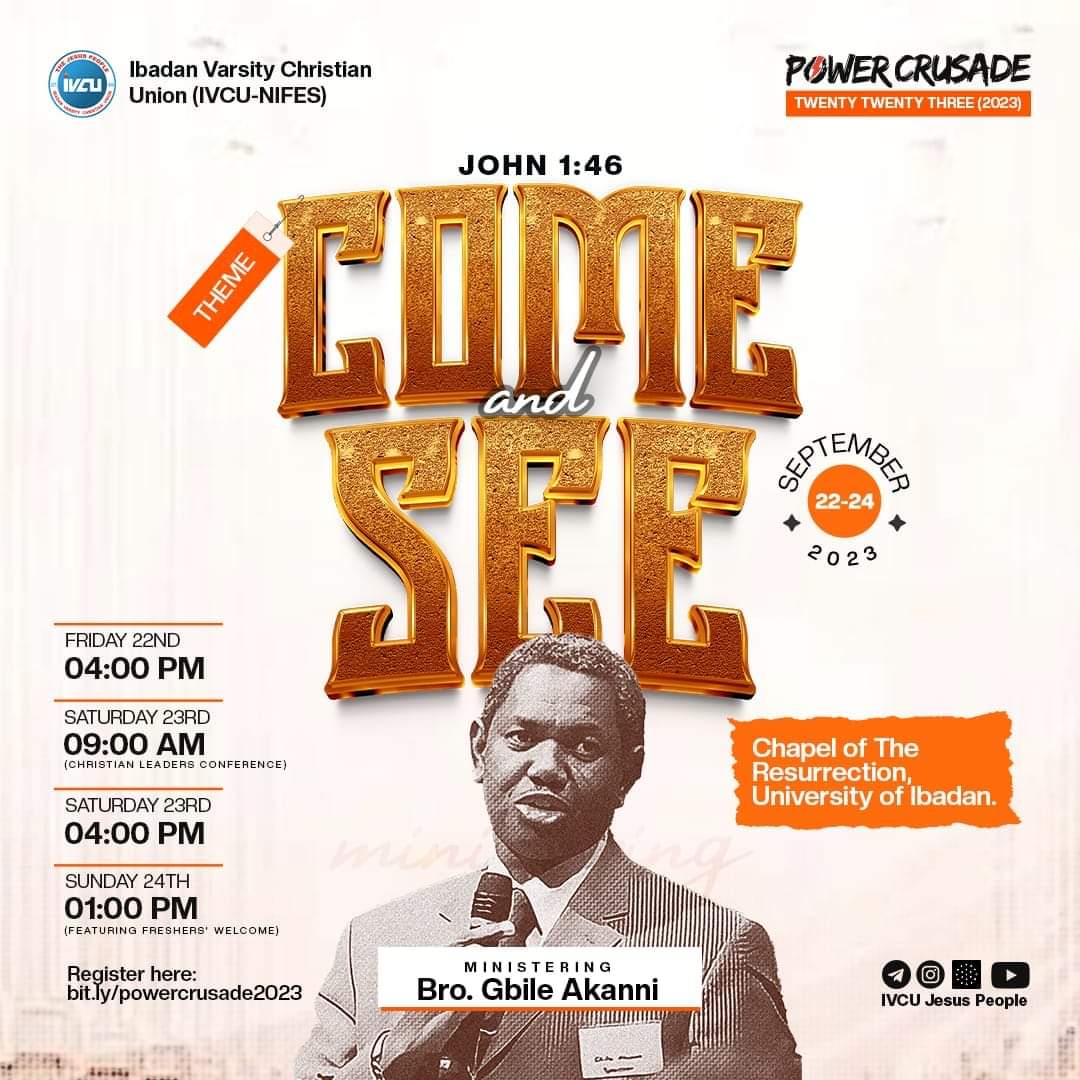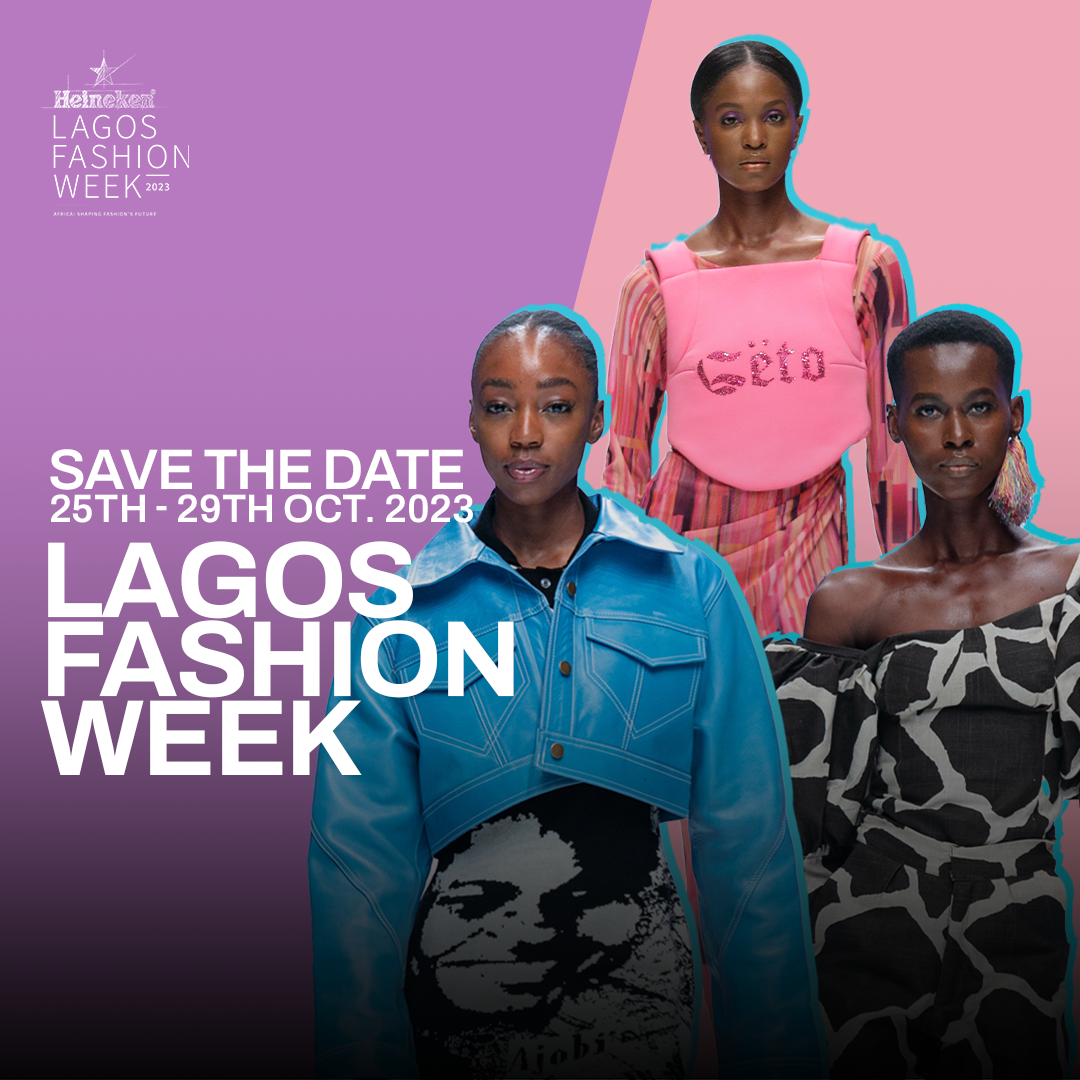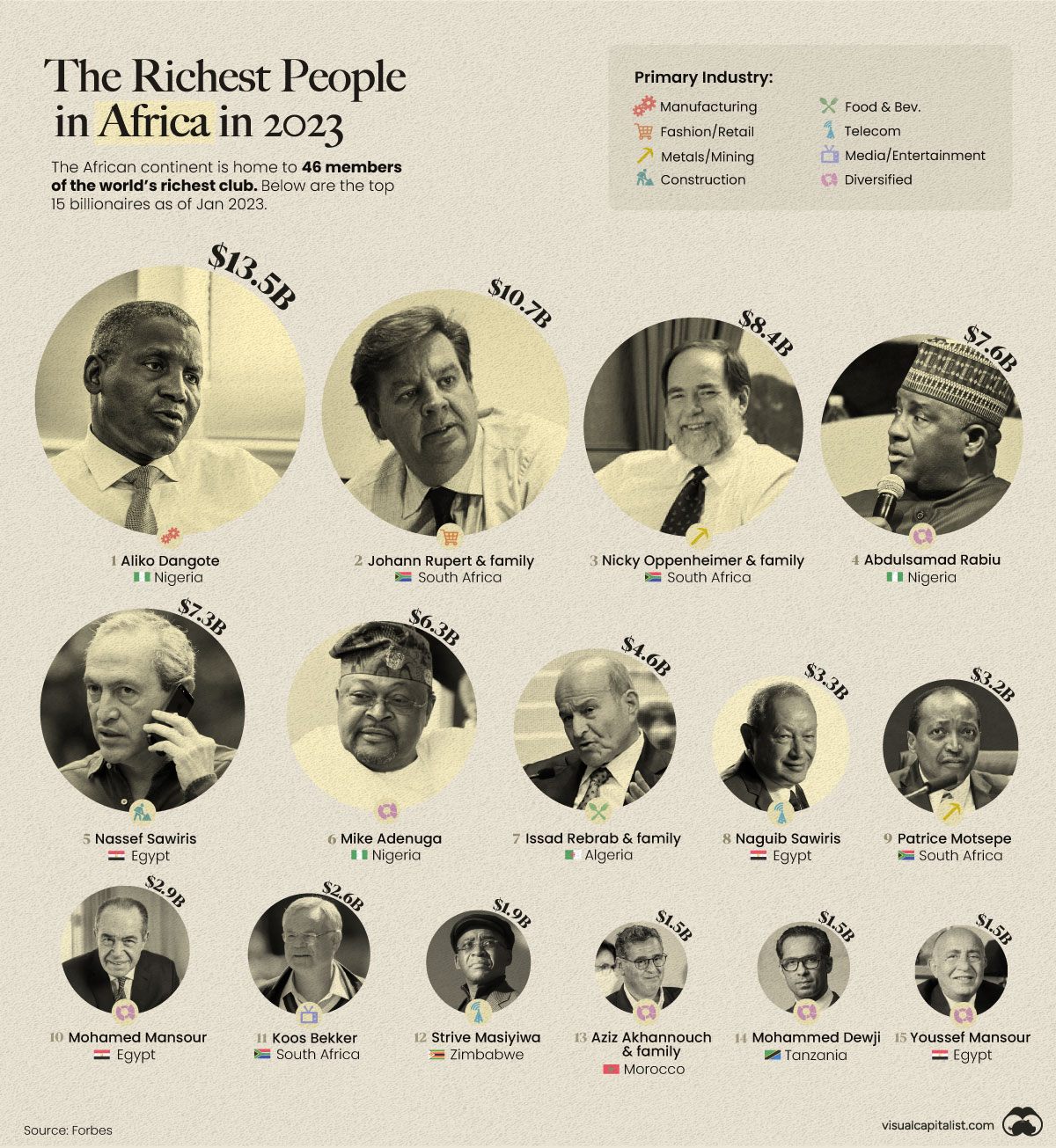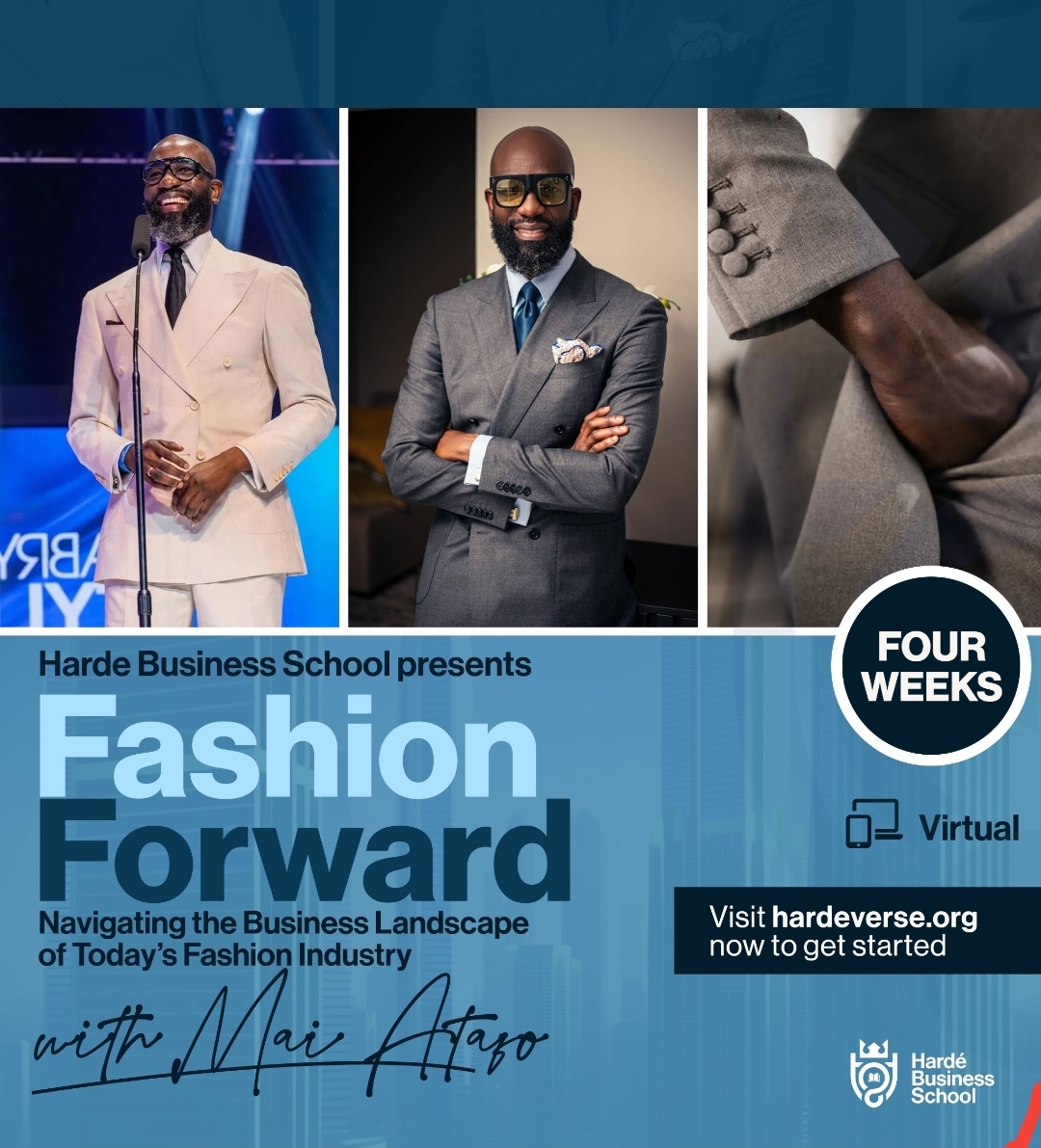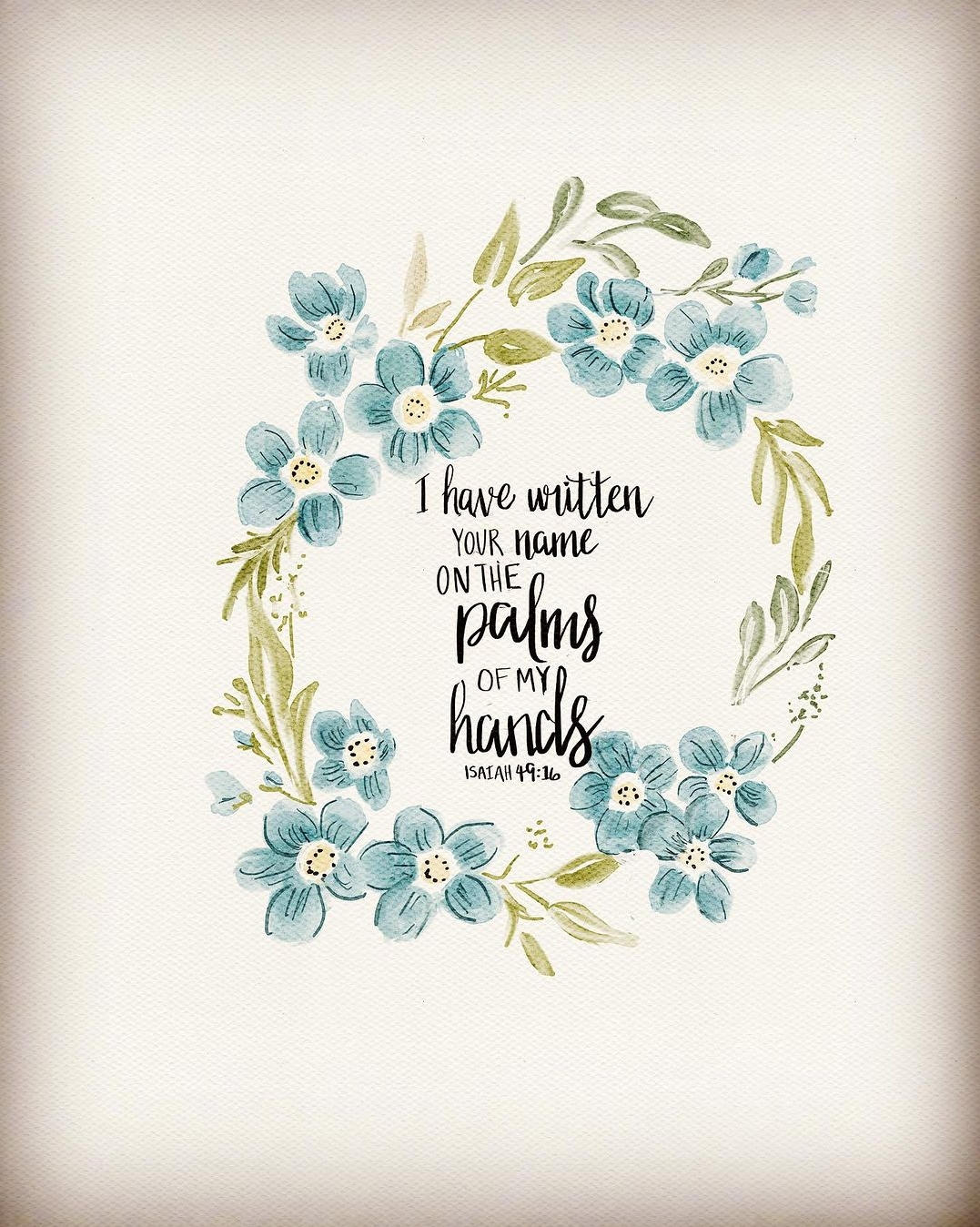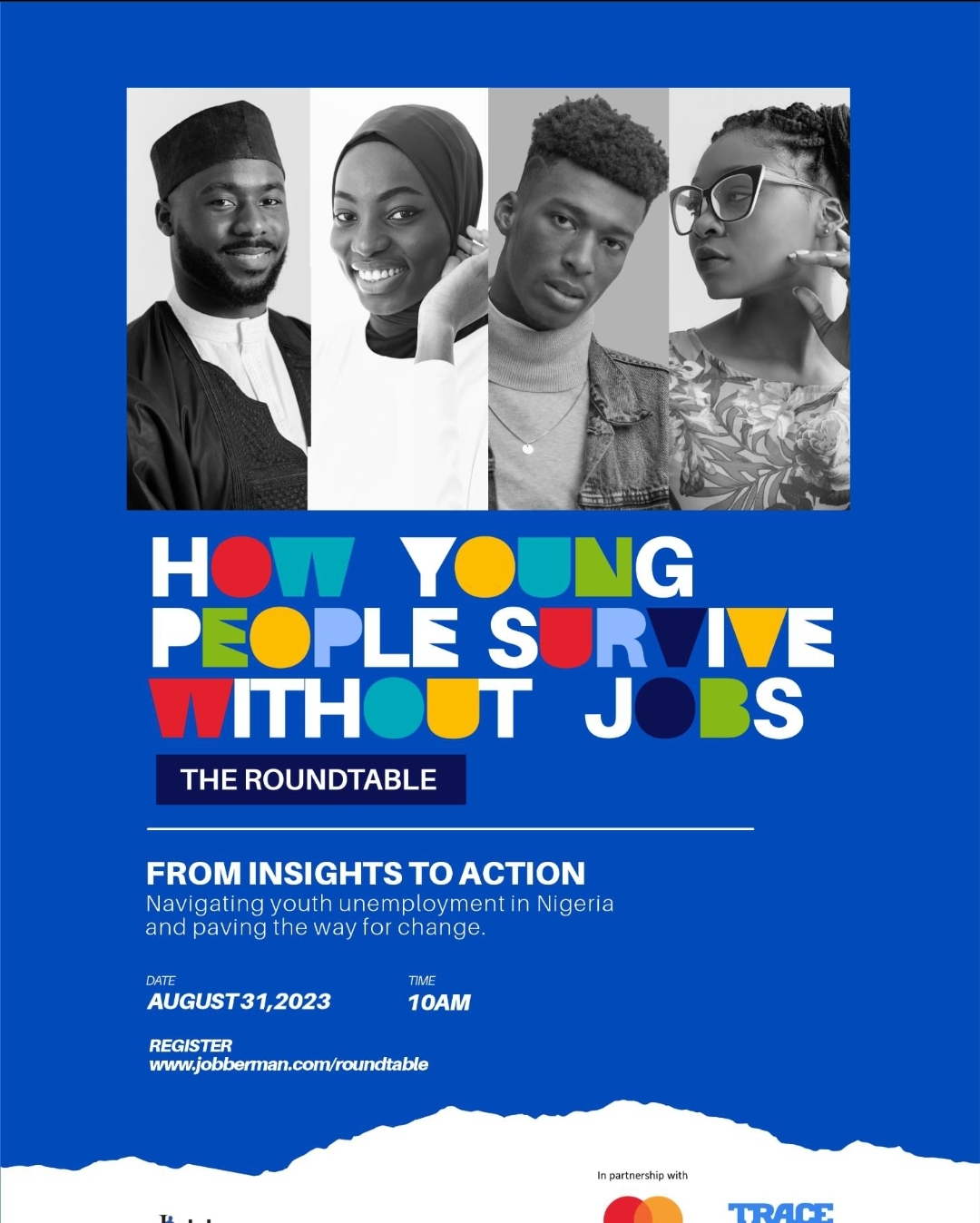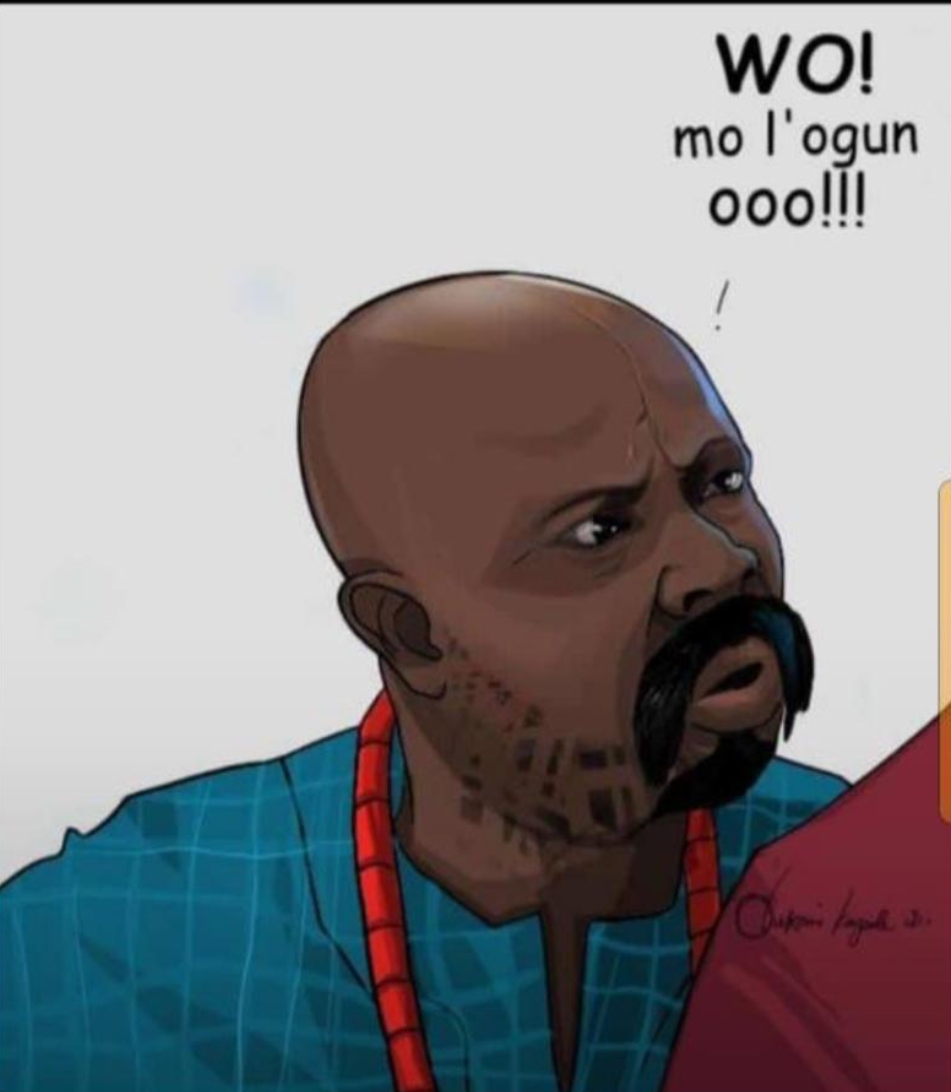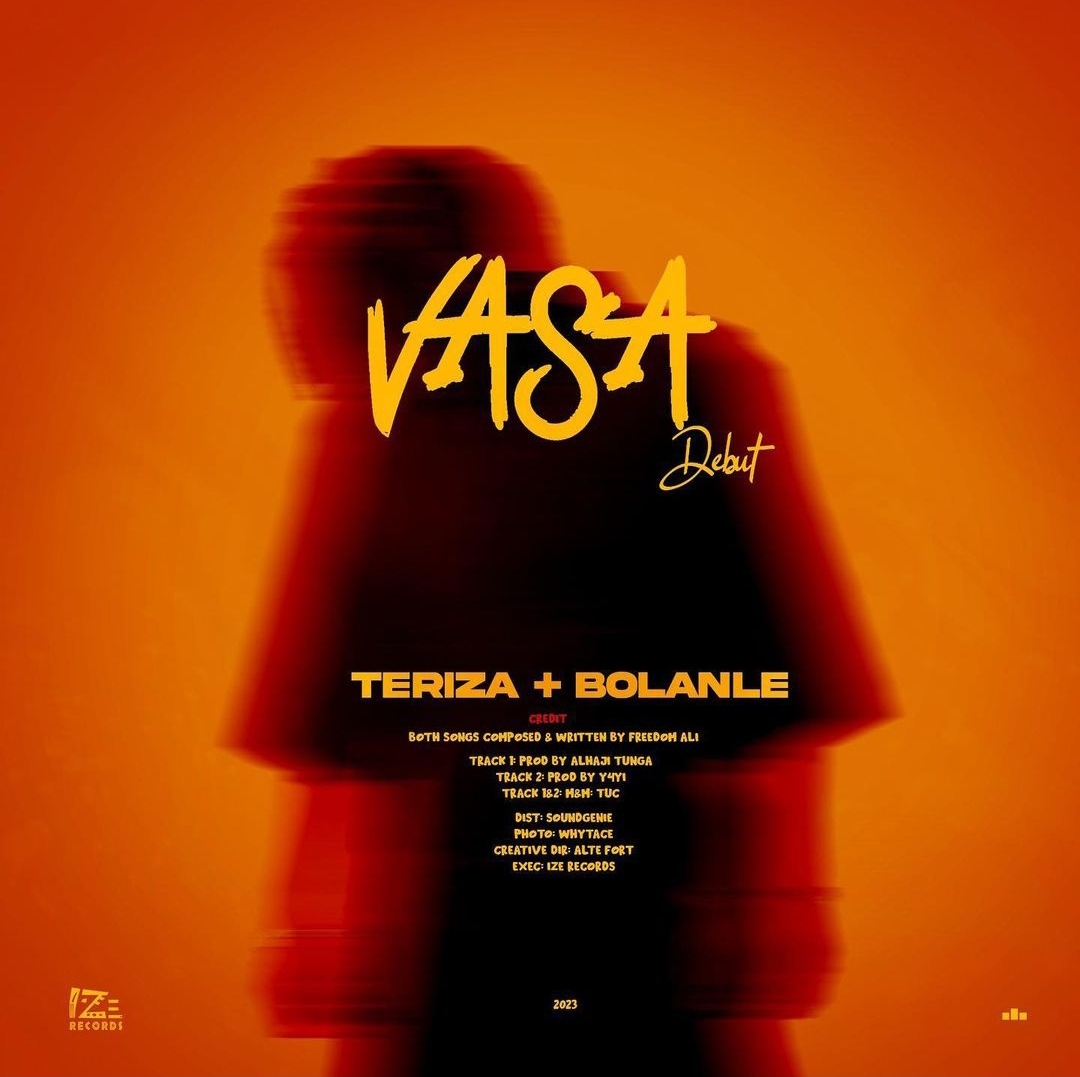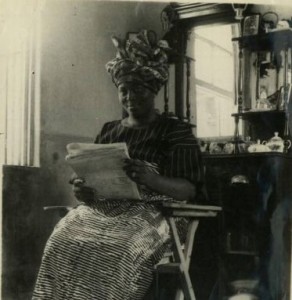
African Renaissance term used by authors is descriptive of the cultural movement in the British West Africa, in which the pioneer set of educated Africans, erstwhile propagators of the New Africa ideology, began to go native, in reaction to the racist tendencies of the whites. The term, “Renaissance” though qualified as “minor” was used by Ajayi JFA in his 1961 co-written book on Christian Missions and new elites, to describe this trend which became popular in Lagos In the late 19th Century. At this time, many literates and elites who looked down on their compatriots started seeing the dignity in the tenacity of others to local customs; an example being GW Johnson, who at the end of the century, emphasized Yoruba language and history, which he had disfavored earlier at Abeokuta in 1868. Even G.W. Johnson had used Osokele Tejumade in his latter correspondences around this time when Yoruba proverbs and riddle, published in 1885 went into circulation, and when the language were promoted as a spoken, written, and musical medium among intelligentsias. Philip Serge Zachernu in his book on Colonial subjects remarked that the predominance of the Yoruba among the intelligentsias in these years gave the movement a certain cultural core.
During this cultural revival, African names were being adopted for baptism among Christians like David Brown Vincent, who came to be known as Mojola Agbebi, Edmund Macaulay who became Kitoyi Ajasa, Pythagoras Haastrup who changed to Ademuyiwa Haastrup, and among several others, Jacob Henry Samuel who was now addressed as Adegboyega Edun. Mojola Agbebi, the clergy who trained as an engineer in England, made several speeches in defense of Ethiopianism, the growing philosophy of the Lagos Christian church. From 1888, several ecclesiastical schisms gave rise to Africanized churches, which began to employ African music in their worship. African dresses, adorned by many since the early 1880s, were by the close of the century, formally resolved to be the predominant dress style of teachers in Lagos. The Native Literature Publishing Bureau set up in the same decade was used intently as a means of disseminating indigenous knowledge. In medicine, Obadaih Johnson investigated the pharmacology of native healers, which he discovered to consist of some science. He also ensured the publishing of his brother’s twenty years effort, History of the Yorubas, which culminates the race started at the end of the 19th Century among literary natives to document indigenous history before it goes into oblivion. Another medical doctor, Abayomi Cole, without believing in the spirituality of the Ifa, showed that it was an important innovation that must have been constructed from scientific minds. Joseph Odunmosu reduced the Yoruba indigenous therapeutics into writing.
The renaissance in African soil coincided with the growth of African consciousness in America led by John E. Bruce, Edwar W. Blyden, Booker T. Washington and Du Bois, some of who established close ties with Lagos leaders of thought Mojola Agbebi, James Jonson and Thomas Payne. Among these persons on both sides of the Atlantic divide, there were intellectual exchanges and the Nigerian elite, rather than seeing himself as a different black, through the Anglophonian light, began to identify with diaspora Africans. The new spirit of this African Renaissance was celebrated in the reception given Marcus Garvey in 1920 creating a delightful impression which will persist in the minds of Nigerians abroad for one more decade at least before the spread of ethnic nationalism.



